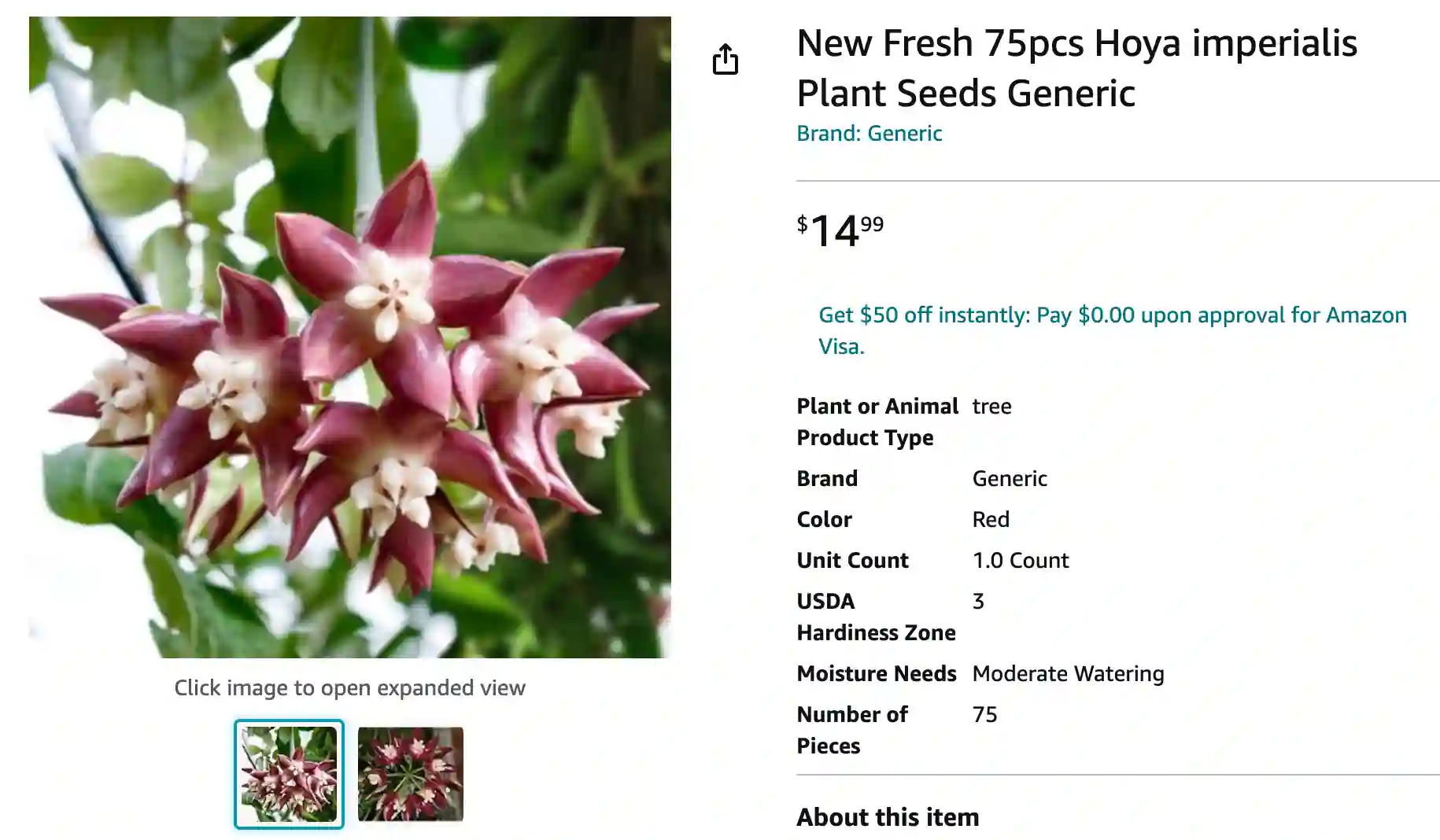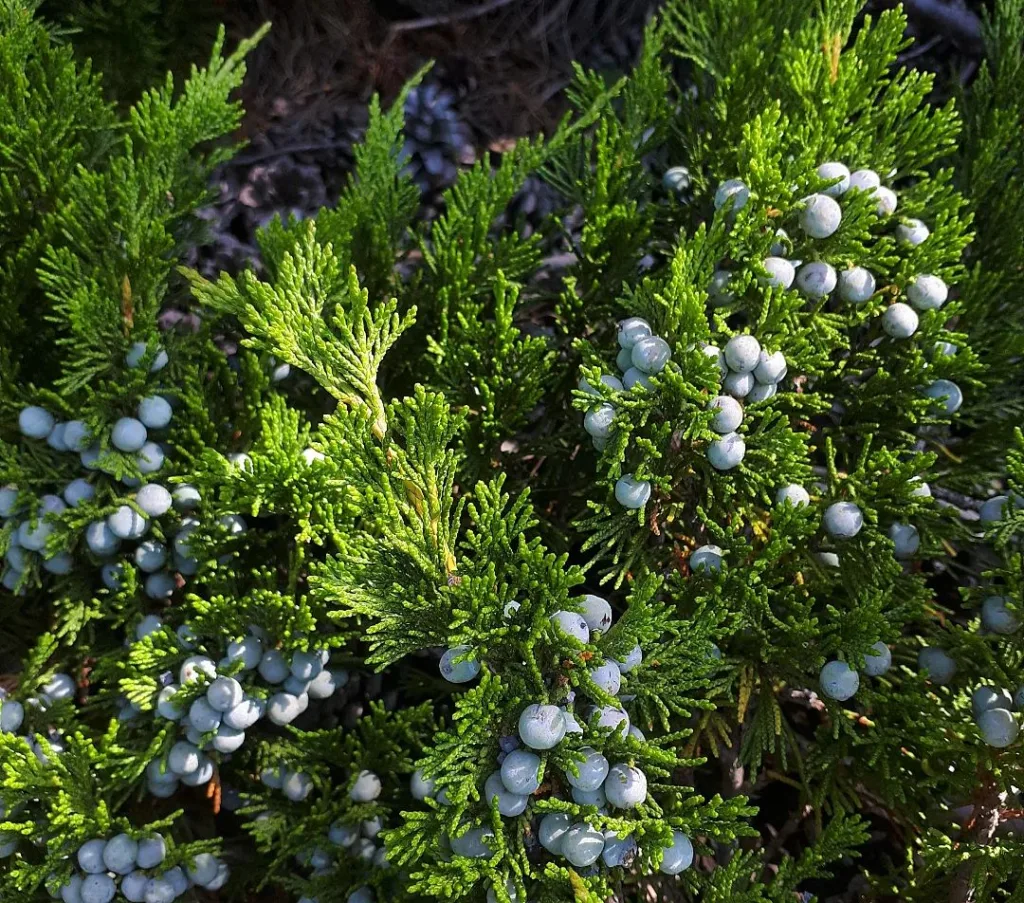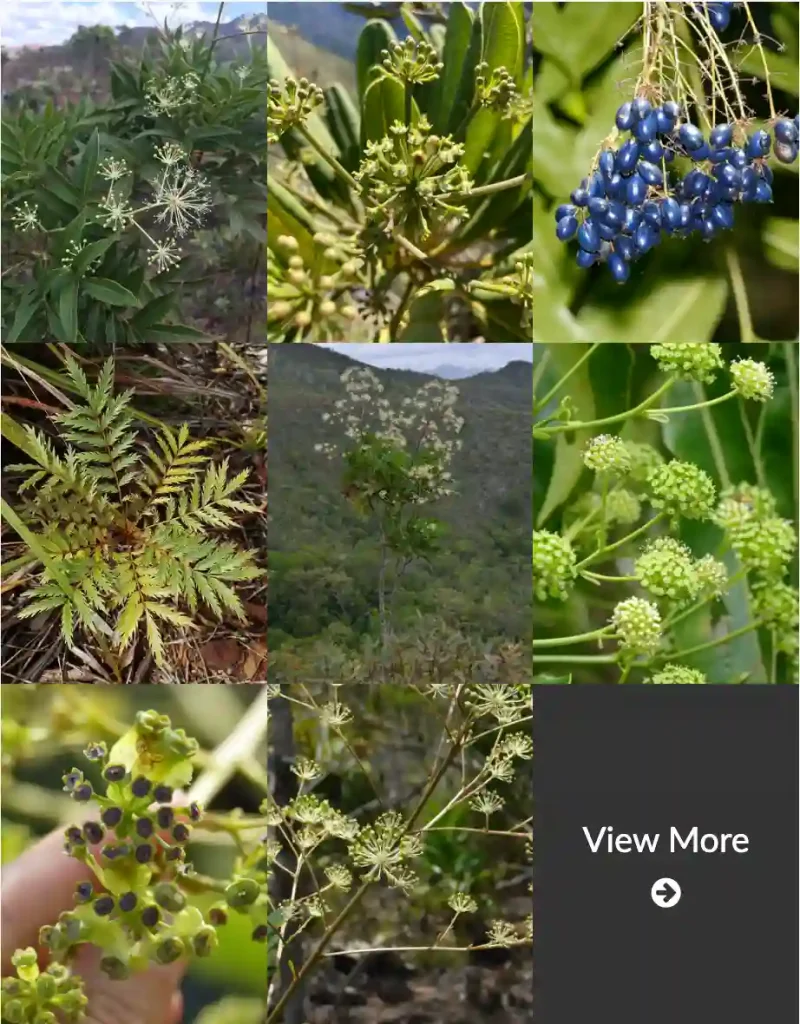
Hoya Imperialis: A Guide to the Regal Wax Flower
Hi, Ferb Vu here. Today, we’re diving into the world of the Hoya Imperialis, a majestic vine known for its impressive blooms. This beauty boasts some of the largest flowers in the Hoya genus, earning its regal title.
If you’re considering adding this stunner to your collection, or are simply curious about its characteristics, this FAQ is for you.
566 Species in Genus Hoya
What Makes the Hoya Imperialis Special?
The Hoya Imperialis truly lives up to its name. Unlike its cousins, it produces massive, waxy flowers that can reach up to 4 inches (10 cm) in diameter. These blooms come in a spectrum of colors, ranging from delicate pink to deep burgundy, sometimes even boasting a beautiful mottled effect. Each bloom is crowned with a contrasting white corona, adding a touch of elegance.
Beyond its impressive flowers, the Hoya Imperialis is a vigorous climber. With proper care, it can quickly transform into a cascading spectacle, perfect for adorning trellises, hanging baskets, or letting it weave its way up a moss pole.
Hoya Imperialis vs. Hoya Carnosa: A Tale of Two Hoyas
Both the Hoya Imperialis and the Hoya Carnosa (commonly known as the Wax Plant) are popular houseplants. However, there are some key differences to consider:
- Flowers: The Hoya Imperialis reigns supreme in the flower department. Its blooms are significantly larger and more dramatic compared to the Hoya Carnosa’s clusters of smaller, star-shaped flowers.
- Growth Habit: The Hoya Imperialis is a fast-growing climber, while the Hoya Carnosa can be bushier and more compact. This difference influences their ideal growing conditions.
- Light Requirements: Both Hoyas prefer bright, indirect light. However, the Hoya Imperialis can tolerate more direct sun exposure compared to the Hoya Carnosa, which might scorch under intense light.
Ultimately, the best choice depends on your preference. If you crave a showstopper with massive blooms, the Hoya Imperialis is a dream come true. If you prefer a more low-maintenance plant with a compact growth habit, the Hoya Carnosa might be a better fit.
Hoya Imperialis vs Macgillivrayi
On the other hand, Hoya macgillivrayi is a chill surfer dude. His leaves are a lighter, more relaxed green, and they unfurl at a seemingly breakneck pace compared to the imperialis. He’s constantly reaching for the next support, eager to explore. They both reward me with fragrant blooms, but the imperialis’ flowers are a showstopper – clusters of deep pink porcelain stars. The macgillivrayi’s umbels are smaller and more delicate, with a sweeter, subtler scent. If you want a slow and steady grower with glamorous flowers, the imperialis is your girl. But if you crave a fast-growing, easygoing vine with a delightful fragrance, the macgillivrayi might be your perfect match.
How to care for Hoya Imperialis?
Providing the right environment is key to a thriving Hoya Imperialis. Here are some essential tips:
- Light: Aim for bright, indirect light. A few hours of morning sun is ideal, but avoid harsh afternoon sun.
- Watering: Water deeply when the top inch of soil feels dry. Avoid overwatering, as this can lead to root rot.
- Soil: Use a well-draining potting mix specifically formulated for cacti and succulents.
- Humidity: While not strictly necessary, moderate to high humidity levels can benefit your Hoya Imperialis. Grouping plants together or using a humidifier can help create a more humid environment.
- Fertilization: A balanced fertilizer diluted to half strength can be applied during the growing season (spring and summer) once a month.
- Temperature: Maintain a comfortable room temperature between 65°F and 80°F (18°C and 27°C).
Why isn’t my Hoya Imperialis flowering?
Several factors can contribute to a lack of blooms. Ensure it’s receiving sufficient light, avoid overwatering, and be patient – established plants tend to flower more readily.
My Hoya Imperialis is dropping leaves. What’s wrong?
This can be a sign of overwatering, underwatering, or stress from temperature fluctuations. Check your watering habits and ensure the plant is in a comfortable environment.
How do I propagate a Hoya Imperialis?
Stem cuttings are the most common method. Take a cutting with a few nodes, allow it to callous over, then plant it in a well-draining potting mix.
Conclusion: Embrace the Majesty of the Hoya Imperialis
The Hoya Imperialis is a captivating addition to any plant collection. Its majestic blooms and vigorous climbing habit create a stunning display. With proper care and a little patience, you can witness this regal Hoya flourish in your home.
If i die, water my plants!



